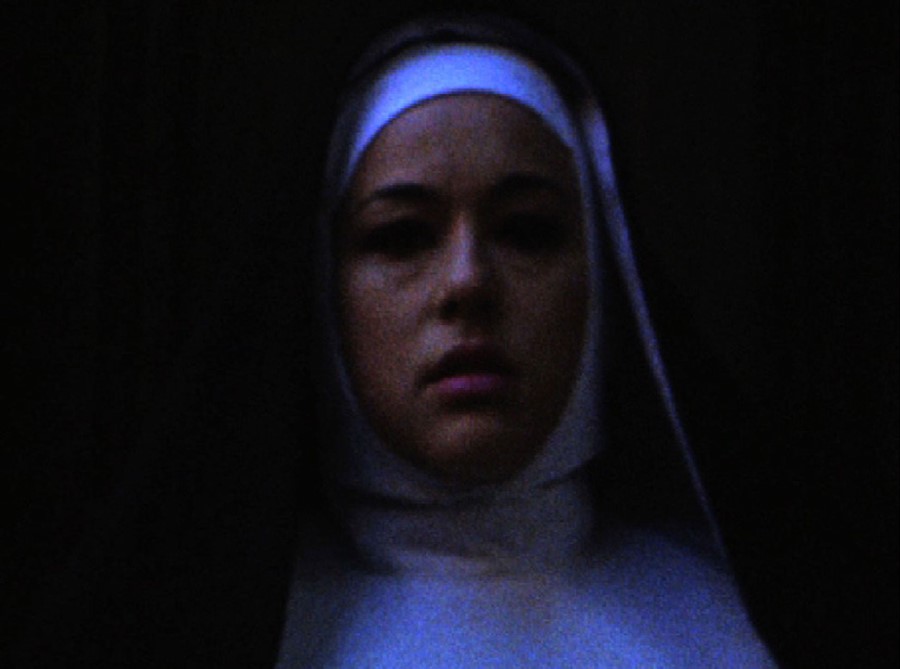Ahead of screenings of Ellen Cantor's Pinochet Porn at the ICA this weekend, we spoke to one of the artist's close friends and collaborators about her final work
There’s a scene in Ellen Cantor’s Pinochet Porn where a sad clown sits forlornly on a grubby Manhattan stoop. A lilac dot falls from her costume; she dolefully sticks it back on. It’s a tiny moment that may or may not be accidental, but it feels like a poignant little microcosm of hope, failure and sadness. Other snippets in the film’s sprawling two-hour journey include horrific piles of Holocaust victims’ corpses; the Twin Towers falling; a woman in a French maid outfit having sex with a man dressed as the titular Pinochet; Pepsi Cola ads; champion unicyclists.
It’s a jarring melange of motifs and ideas, collaged of Cantor’s Super 8 footage, her drawings, and archival material. These are tied together into an episodic narrative telling the stories of five characters each directly or indirectly impacted by Pinochet’s dictatorship. That’s the simplistic description of the film, which debuted at MoMA last year and is screening this weekend at London’s ICA, but is really the tip of the iceberg of an epic which blends tragedy and comedy in both its content and its creation. Made between 2008 and 2016, it was the piece that dominated Cantor’s life in the five years leading up to her passing in 2015. Its post-production was completed by Cantor’s coterie of friends and collaborators, who worked according to the directives she left behind.
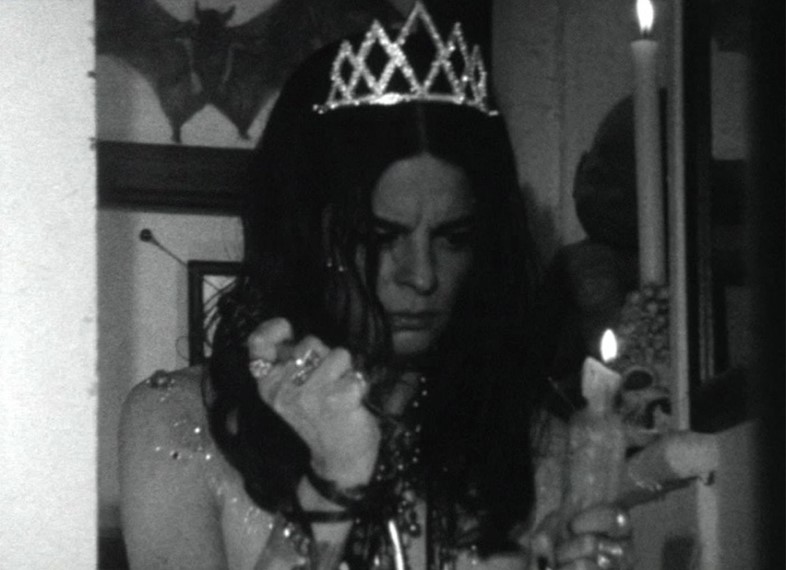
Lia Gangitano, founder of NY Lower East Side art space Participant Inc., is one of the closest to the project. It was in her gallery that the idea for the film was conceived in 2008 to bring to life a series of 83 drawings by Cantor that she was showing. Gangitano was “tricked,” as she affectionally puts it, into playing one of the film’s main roles (Pinochet’s fictional twin daughters) and has been instrumental in the film’s editing and distribution.
The experimental nature of Pinochet Porn makes for an unusually intense experience for a cinema screening: surely the idea of viewing it with others, almost like a collective meditation, would make it seem all the more potent. “Absolutely, and meditation was such an important part of Ellen’s life,” says Gangitano. “You can see it in the way she made drawings: she would sometimes make the same drawing over and over again. Her editing process is like her drawings, repeating and cutting certain things a certain number of times to create a trance or meditative state.” Towards the end of the film, a woman’s voiceover repeats that she and her lover “made love for 14 days and 14 nights,” 14 times. It feels like a ritualistic incantation that makes the viewer question their own lives as much as those they see on screen.
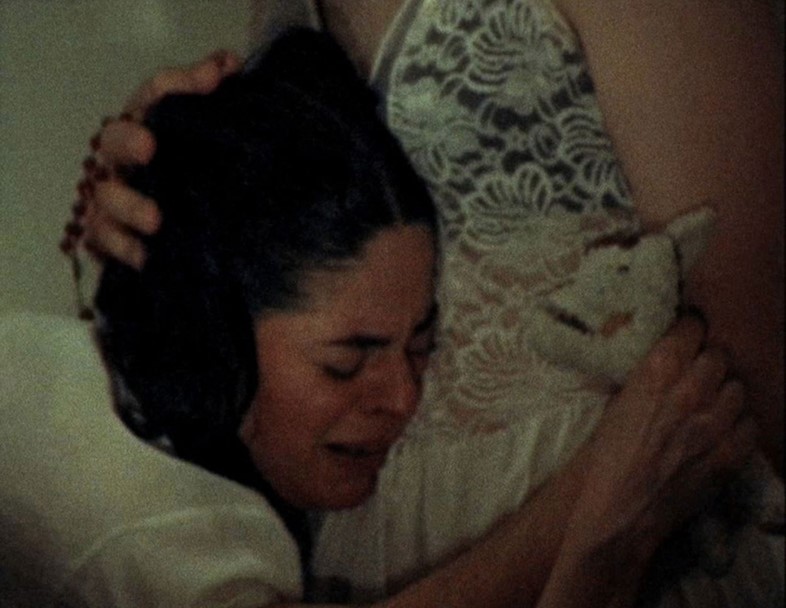
The characters’ stories unravel against the backdrop of a dictatorship, and there’s no shrinking from brutality: testimonies of torture are read unedited, the sex scene (acted by Cantor herself) is actual sex. Why did it all have to be real? “Something that’s always been a big part of her work is asking what constitutes the pornographic,” says Gangitano. “That’s tied into why she presented explicitly violent and horrific footage against sexualised imagery. It’s making a very clear statement: what’s pornographic is systematic violence, not sex. She felt strongly that sexually explicit work made by women in particular was valid and powerful.”
Such viscerally tragic or sexualised motifs iterate throughout the film, juxtaposed with stories of love, partying, self-destruction, addiction, friendship, and loneliness. “I think ultimately she was hoping to look towards a way to break the imposed structures of annihilation she saw in the characters’ young lives that they keep on reproducing,” says Gangitano.
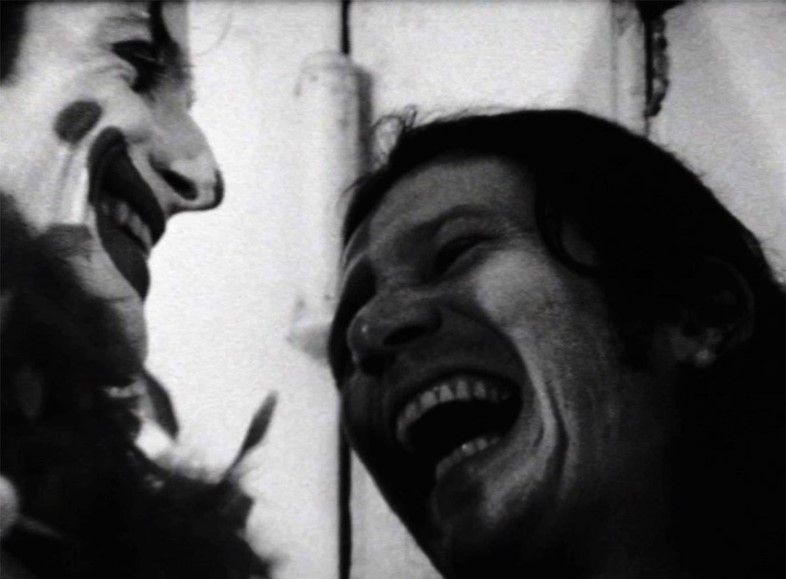
Despite these prodigious themes, Pinochet Porn is often exuberantly playful. You can tell it’s the product of a group of people who are not just artistic collaborators, but friends “kind of messing around,” as Gangitano puts it. Cantor was learning filmmaking as she went, as testified by the multifarious editing styles. The film’s opening ashram scene is a charmingly camp romp that feels like something Kenneth Anger or Derek Jarman would concoct from a wild east London afterparty, starring artist Cerith Wyn Evans (the current Tate Britain commission artist) as a recumbent “sex guru”. Other scenes feel like slapstick silent movies moments; some are comically Eurotrash; others move into far more nuanced territory.
It must’ve been a bittersweet task completing the film, effectively staving off the grieving process in the editing suite. “It was really Ellen’s utter commitment and obsession with finishing the film that held us all together,” says Gangitano. “It never really occurred to any of us she wouldn’t finish, as the film was her life. And we thought it would keep her alive.”
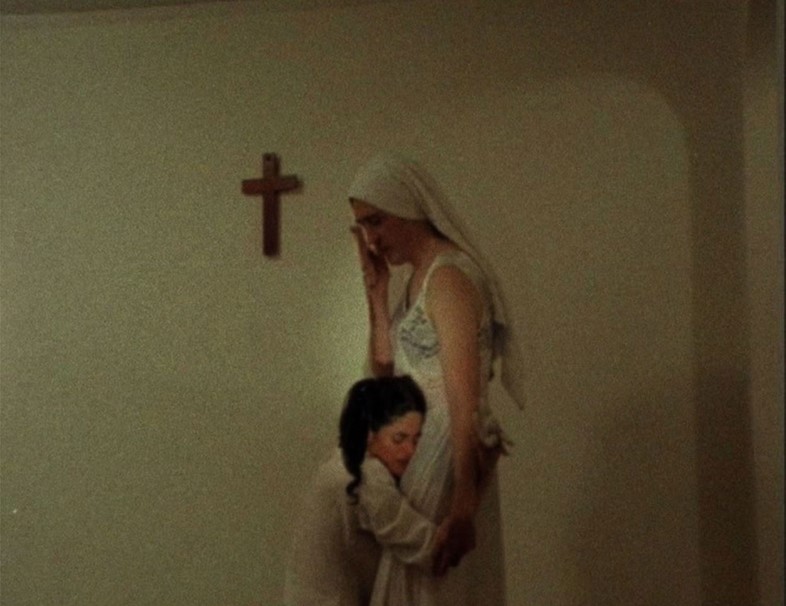
The film ends with a plaintive and prescient question: is tragedy a choice? Cantor took the phrase from a piece written by her writer friend Deborah Drier, and had been “percolating” in her work throughout the decades before she made Pinochet Porn. But what does it mean? “In a way the film actually insinuates that it is a choice,” Gangitano muses. “‘Structures of annihilation’ was a term Ellen used, and I think she is interested in undoing them. She wanted very much the film to be about living, and, you know, living a life that dismantles those structures.”
Pinochet Porn is showing at the Institute of Contemporary Arts on June 9, 10 and 11, 2017.
